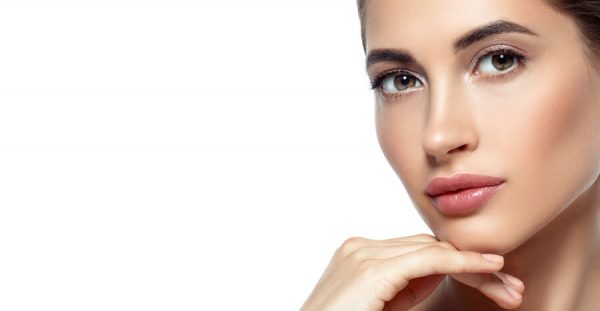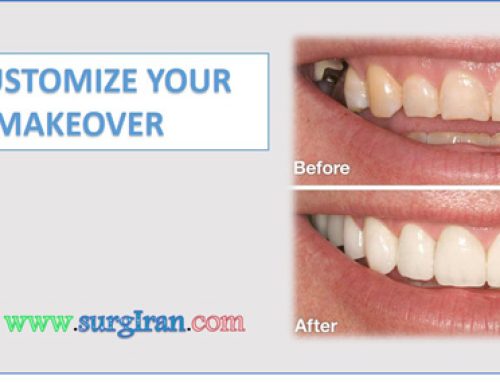
Patients who are looking for a secondary or revision rhinoplasty challenges the skills and experience of plastic surgeons. Revision rhinoplasty applies to any patient who has previously undergone rhinoplasty one or more times and desires improvement in the appearance and often the function of the nose. These are among the most difficult cases aesthetic plastic surgeons face for several reasons.
For one, patients are often unhappy with their prior surgery and may not understand that further rhinoplasty may not be successful in completely correcting cosmetic deformities which were not corrected in the last surgery or occurred as a result of surgery. Scar tissue from prior rhinoplasty is often an issue in revision cases and can limit the final outcome since it may recur even after successful revision rhinoplasty. Also, revision rhinoplasty often requires the use of cartilage to replace damaged and/or deficient cartilage removed in the prior surgery.
The nasal septum may be deviated, which requires correction to improve both the appearance of the nose and its function. Nasal obstruction may also be caused by a collapse of the tip cartilages resulting in external valve collapse. Deviation of the nasal septum along with deficiencies in upper lateral cartilages are a common occurrence in revision cases resulting in internal valve collapse requiring the use of cartilage grafts called “spreader grafts” to spread open this narrowed area.
Common Problems that Require Secondary Rhinoplasty:
- Nasal airway obstruction
- Collapse of cartilage or nasal bones
- Artificial cosmetic appearance to nose (“Overdone nose job”)
- Internal and external nasal valve collapse
- Worsened asymmetry
- Over reduction or inadequate reduction of dorsal height (bridge height/hump)
- Incomplete shaping (not enough of a cosmetic change)
- Excessive or inadequate tip projection
- Excessively narrowed nasal tip (“pinched tip”)
- Excessive internal and/or external scarring (thickened scar tissue)
What is done in a revision rhinoplasty?
Revision rhinoplasty often requires cartilage for structural support for the tip and/or bridge of the nose. Septal cartilage is often deficient and plastic surgeons often must choose cartilage from elsewhere in the body, particularly the ear and occasionally the rib. Soft tissue irregularities along the bridge of the nose or tip may also require tissue that provides a cover or camouflage and acts as a “natural filler” which is permanent. Occasionally, scarring within the nose requires the use of skin grafts to reopen a distorted and narrowed nasal airway.
Despite a surgeon’s best efforts, revision rhinoplasty has a higher revision rate than primary rhinoplasty (no prior nasal surgery). It is important that you are aware of this as no ethical plastic surgeon can guarantee the outcome of revision rhinoplasty or any other cosmetic plastic surgical procedure for that matter.
If you are considering revision rhinoplasty then make sure your board-certified plastic surgeon has substantial experience with rhinoplasty. Experienced rhinoplasty surgeons are more likely to see revision cases than those who do this operation infrequently. Look at your prospective surgeon’s website to see how many rhinoplasty cases are in their photo gallery. Computer imaging may be helpful for your surgeon to visually communicate what potential outcome you may expect from surgery. Previous rhinoplasty patients are also a great resource for prospective patients; your plastic surgeon should be able to supply you with patients who have offered to speak with you and others and discuss their experience in some detail.
In the end, your decision to undergo revision rhinoplasty is a personal one. Choosing an experienced, board-certified plastic surgeon who has “connected” with you and earned your trust will offer the best chance of a successful outcome. Most patients who are unhappy with the outcome of primary rhinoplasty are pleased with the final result from revision rhinoplasty if they follow these simple recommendations.




